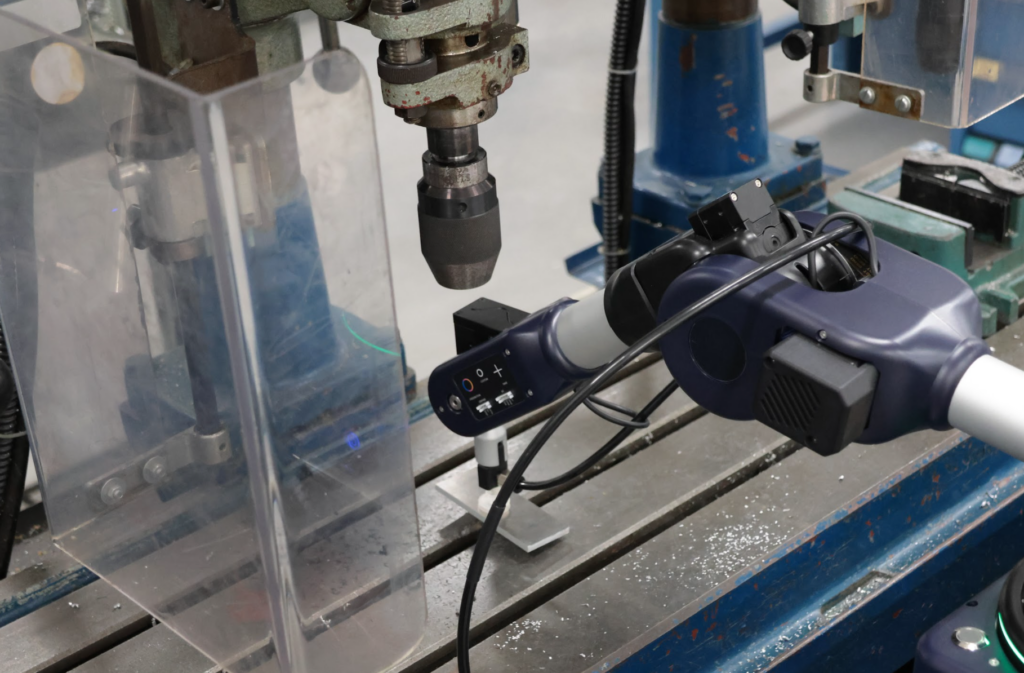What are the limits of your business? Perhaps a robotic solution equipped with an intelligent control system is the answer. From digital to robotics, we have the solution you need.
Automation is profoundly changing the world of work, allowing companies of all sizes to delegate certain tasks to robots and intelligent software. Did you know that within a few years, nearly half of the tasks currently performed by humans could be automated? This evolution represents a unique opportunity for entrepreneurs to increase productivity and focus on higher-value activities.
In this article, we will review the various ways robotics can help you optimize your processes and improve your business performance. We will explore which roles are most conducive to automation, the benefits to be gained, and how to choose the solutions best suited to your specific needs.
Tasks Robots can accomplish for you
Robotics, far from being limited to humanoid robots from science fiction stories, has now infiltrated a multitude of sectors. Robots are no longer just machines for performing repetitive tasks on a production line; they now represent a complete and scalable solution to optimize your processes and enhance your performance.
Robotization encompasses a wide range of technologies, from physical robots to automation software, including artificial intelligence. These tools can execute a multitude of functions with unparalleled precision and efficiency.
What types of tasks can be automated?
Automation means delegating repetitive and time-consuming tasks to machines programmed by robot manufacturers using a variety of programming languages, freeing up time for higher value-added activities.
– Repetitive tasks: Data entry, inventory management, emailing, and scheduling meetings are all tedious tasks that can be delegated to robots. This frees up time for your teams to focus on more value-generating activities.
– Tasks requiring high precision: Robots are particularly suited for operations that require extreme accuracy, such as quality control, assembly of small parts, or handling fragile products.
– Hazardous tasks: Certain activities pose a risk to human health, such as handling chemicals or working at heights. Robots can perform these tasks in complete safety, reducing the risk of workplace accidents and providing a sustainable solution for your project.
The benefits of delegating to a robot
By entrusting certain functions to robots, you open up new perspectives for your business. Indeed, robotization offers numerous benefits that converge towards streamlining your processes and improving your performance.
Time and efficiency gains
Robots are tireless production tools. They can work continuously, 24/7, without breaks or downtime. This ability to work non-stop significantly increases your productivity while reducing the time it takes to complete your projects.
Error Reduction
Unlike humans, programmable robots are not subject to fatigue, stress or distraction. They perform their assigned tasks with consistent precision, significantly reducing the risk of errors and ensuring high production quality.
Quality Improvement
Robots’ task repetitiveness and precision ensure high-quality results that meet defined specifications. By automating critical operations, you reduce human variation and increase the reliability of your products or services.
Optimization of human resource allocation
By assigning repetitive and low-value operations to robots, you free up time for your employees. They can then focus on more strategic activities, such as innovation, customer relations, or new product development. This reallocation of human skills contributes to increasing your company’s competitiveness.
What tasks should you delegate first?
Robotization holds immense potential for improving processes and performance. However, not all activities lend themselves equally to automation. To make the most of this technology, it is essential to identify the tasks that will benefit the most from delegation to robots.
-Identifying time-consuming and low-value tasks: The first tasks to consider for robotization are those characterized by their repetitive nature, tedium, and lack of high-level decision-making requirements. For instance, data entry, sorting, packing, or transporting materials are operations that can be easily automated. By freeing your employees from these non-strategic functions, they can concentrate their energy on higher-value activities.
-Evaluating Return on Investment: Before implementing a comprehensive robotic solution, it is crucial to assess the return on investment. Some functions, although time-consuming, may not justify significant investment due to their low volume or seasonal nature. Therefore, it is necessary to compare the acquisition, installation, and maintenance costs of a robot with the productivity gains and savings achieved.
-Considering required skills for the Task: Robots are particularly suited for tasks that require high precision, high repetition, and substantial physical strength. They can perform operations with consistency and quality, which is particularly relevant for manufacturing, logistics, or healthcare industries. Conversely, tasks that demand high flexibility, continuous adaptation, and a high degree of emotional intelligence remain the domain of humans.


























